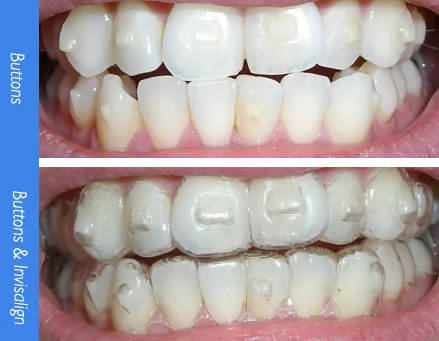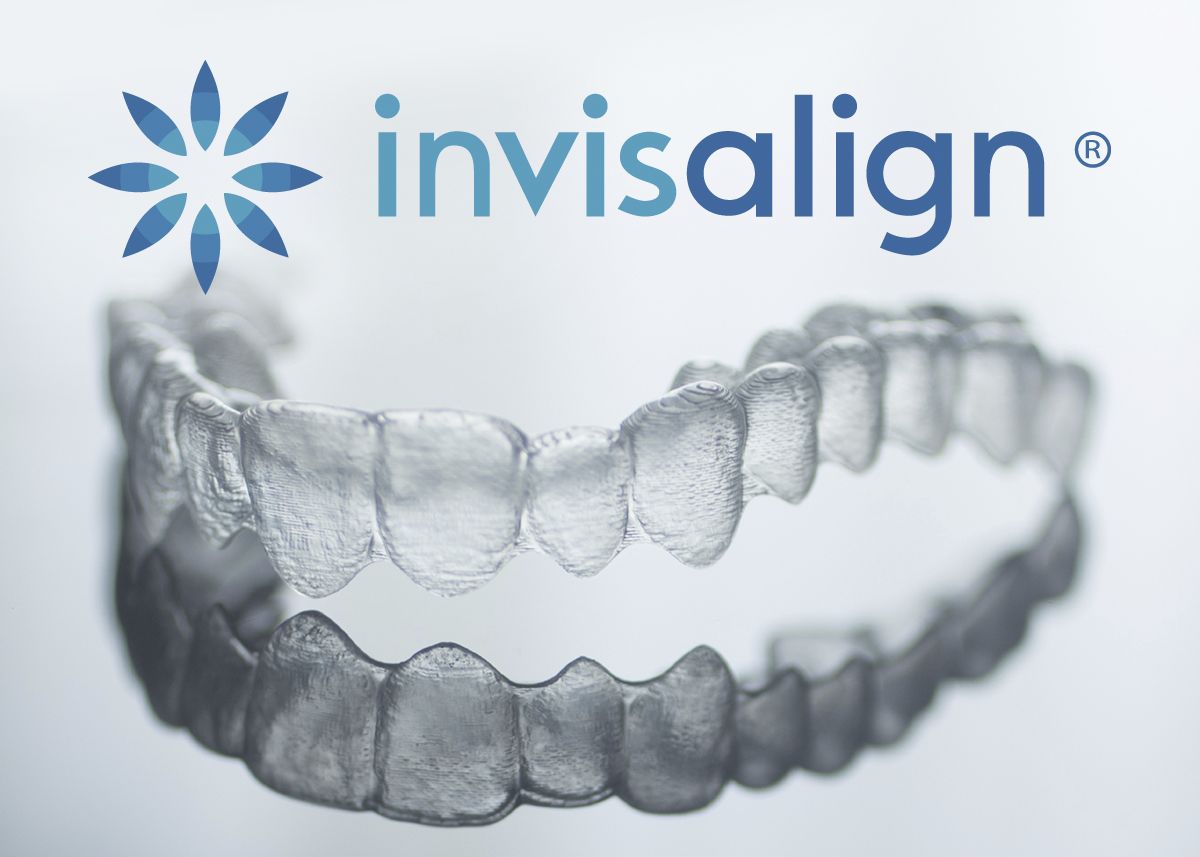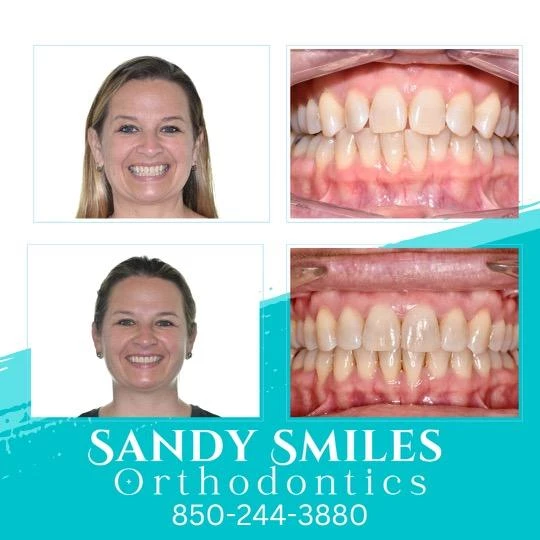Success Stories: How Invisalign Changed Lives and Enhanced Confidence
Success Stories: How Invisalign Changed Lives and Enhanced Confidence
Blog Article
Invisalign vs. Standard Braces: Which Choice Is Right for You?
When thinking about orthodontic therapy, the selection in between Invisalign and traditional dental braces offers several crucial factors that warrant careful analysis. Invisalign offers a discreet alternative with removable aligners, while typical dental braces supply an extra visible yet effective solution for serious imbalance. Each alternative includes distinct advantages and drawbacks connected to aesthetic appeals, convenience, therapy period, and cost. Comprehending these nuances is important for making an informed choice that lines up with your individual choices and way of life. The concern continues to be: which option will best satisfy your orthodontic needs and expectations?
Overview of Treatment Alternatives

On the other hand, conventional braces are composed of metal braces and wires that are bonded to the teeth. This method applies continual pressure with time to achieve alignment. While reliable for intricate orthodontic concerns, conventional dental braces need normal sees for changes and can present obstacles in preserving oral health as a result of the difficulty of cleansing about cables and braces.
Both alternatives have their merits, and the selection typically rests on specific oral problems, way of living preferences, and person compliance. Inevitably, speaking with an orthodontic professional is important for determining one of the most suitable treatment plan tailored to private requirements. Recognizing the subtleties of each option can dramatically influence the general success of orthodontic therapy.
Visual Factors To Consider
A substantial factor influencing the selection in between Invisalign and standard dental braces is the aesthetic appeal each treatment uses. Invisalign aligners are crafted from clear plastic, making them essentially invisible when worn. This discreet appearance is particularly attracting young adults and adults that might really feel self-conscious regarding their orthodontic therapy. The capability to keep an all-natural smile throughout the alignment procedure can significantly boost the individual's confidence in social and expert settings.
In contrast, conventional braces contain steel brackets and cables, which can be extra noticeable. While developments in orthodontic technology have actually led to the development of smaller sized brackets and tinted elastics, typical dental braces still preserve a more obvious profile. For some individuals, the exposure of braces might deter them from looking for essential treatment.
Ultimately, the option in between Invisalign and traditional dental braces might depend upon personal choices relating to aesthetics. Individuals who prioritize discernment frequently favor Invisalign, while those that are much less worried concerning visibility may opt for standard braces. Recognizing the aesthetic implications of each option is essential for making an educated decision that lines up with one's lifestyle and preferences.
Comfort and Convenience

In terms of comfort, Invisalign aligners are removable, allowing patients to enjoy their favorite foods without limitation and preserve optimum oral health. Cleaning and flossing are simplified, as the aligners can be obtained throughout these routines, whereas traditional dental braces require careful maneuvering around wires and braces.
In contrast, typical braces necessitate routine adjustments, making them less convenient for those with busy timetables. In general, the comfort and comfort of Invisalign make it an attractive choice for many individuals looking for orthodontic therapy.
Therapy Period and Performance
While both Invisalign and traditional braces work in correcting oral misalignments, the period of therapy can vary significantly in between the 2 alternatives. Normally, Invisalign therapy can take anywhere from 12 to 18 months, relying on the complexity of the situation. The clear aligners work by gradually shifting teeth right into their preferred settings, and normal follow-ups with an orthodontist aid ensure progress remains on the right track.
On the other hand, traditional braces commonly require a longer dedication, normally ranging from 18 months to 3 years. This results from their set nature and using brackets and cords, which can be extra effective for extreme misalignments and complicated instances (Invisalign). The treatment effectiveness of traditional braces is well-documented, as they enable accurate changes and greater control over tooth motion
Ultimately, the option between Invisalign and typical braces might pivot on both the awaited therapy period and the particular dental issues at hand. Consulting with an orthodontist is important, as they can give tailored suggestions based on private requirements, ensuring the selected technique aligns with desired outcomes and durations.
Expense Contrast and Insurance Alternatives
Price plays a substantial function in the decision-making process for individuals thinking about orthodontic treatment, whether selecting Invisalign or standard braces. Typically, the cost of Invisalign ranges from $3,000 to $8,000, while conventional braces generally cost in between $2,000 and $6,000. Elements affecting these prices consist of the complexity of the situation, the period of treatment, and geographical area.
Lots of oral insurance plans click over here provide partial protection for orthodontic therapies, helpful resources but the specifics can vary commonly. Typically, traditional dental braces may be extra often covered by insurance plans contrasted to Invisalign, which some insurance companies categorize as a cosmetic procedure.
In addition, numerous orthodontic methods provide versatile layaway plan, making both treatment alternatives much more obtainable. Clients must ask about possible funding alternatives and price cuts for ahead of time settlements. Evaluating the complete expense, consisting of insurance coverage advantages and settlement plans, is vital for making a notified decision that straightens with both aesthetic preferences and spending plan factors to consider.

Final Thought
In summary, the option between Invisalign and conventional dental braces depends upon several factors, including visual preferences, convenience, treatment period, and cost. Invisalign uses a discreet, detachable option that helps with dental hygiene and dietary flexibility, while typical dental braces may be much more appropriate for intricate dental issues and frequently come with a reduced rate factor. Inevitably, assessment with an orthodontist is crucial to evaluate private circumstances and identify the most suitable therapy alternative for accomplishing ideal oral placement.
When thinking about orthodontic treatment, the choice between Invisalign and traditional braces presents several essential aspects that merit cautious assessment.Contrasting Invisalign and conventional braces exposes distinct therapy alternatives for orthodontic improvement.While both Invisalign and standard dental braces are effective in fixing oral imbalances, the duration of therapy can differ significantly between the two alternatives.Price plays a significant function in the decision-making process for people taking into consideration orthodontic therapy, whether choosing for Invisalign or standard dental braces.In recap, the selection in between Invisalign and standard dental braces pivots on numerous factors, including visual preferences, convenience, treatment duration, and cost.
Report this page